The Hiroshima Dome:

We all know about the atomic bomb that destroyed this building and the city.
And there’s this: the Trinity Site, the range where the first atomic bomb was tested.


The Hiroshima Dome and the Trinity Site are sister cities of destruction, and also of rebirth. Hiroshima today is a genuinely pleasant and “normal” city. Go visit!


Hiroshima is a concentrated metaphor for the entire country’s post-war rebirth. That rebirth can be said to have started at Atsugi Air Force Base 厚木海軍飛行場, where General MacArthur, the architect of the Occupation, landed at the end of August, 1945.
Here is a recent photograph of fighter plans leaving or returning to the base.

And here is a gate to the base (map).
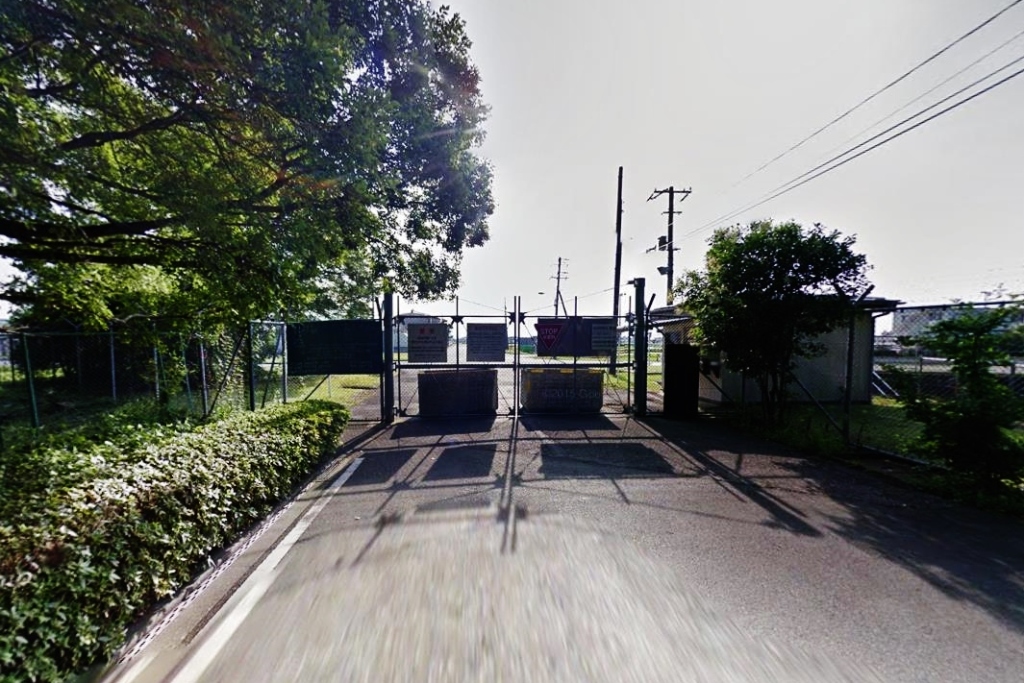
The presence of American military facilities in Japan is sometimes hard to believe; according to one source:
“There are approximately 90 U.S. military facilities including major military bases throughout mainland Japan and Okinawa, with an area total of 3,130,000 sq.meters, 75% of which are in Okinawa. They are concentrated in a few areas (prefectures), 37 in Okinawa, 15 in Kanagawa, 11 in Nagasaki, and 7 in Tokyo. About 52,000 U.S. troops are stationed in these bases, 26,000 in mainland and 25,000 in Okinawa (2001). In mainland Japan, the largest contingent is the air force with 6,600 and that in Okinawa marines (15,500).”
Maybe numbers don’t have any emotional impact, but what if you live near this?
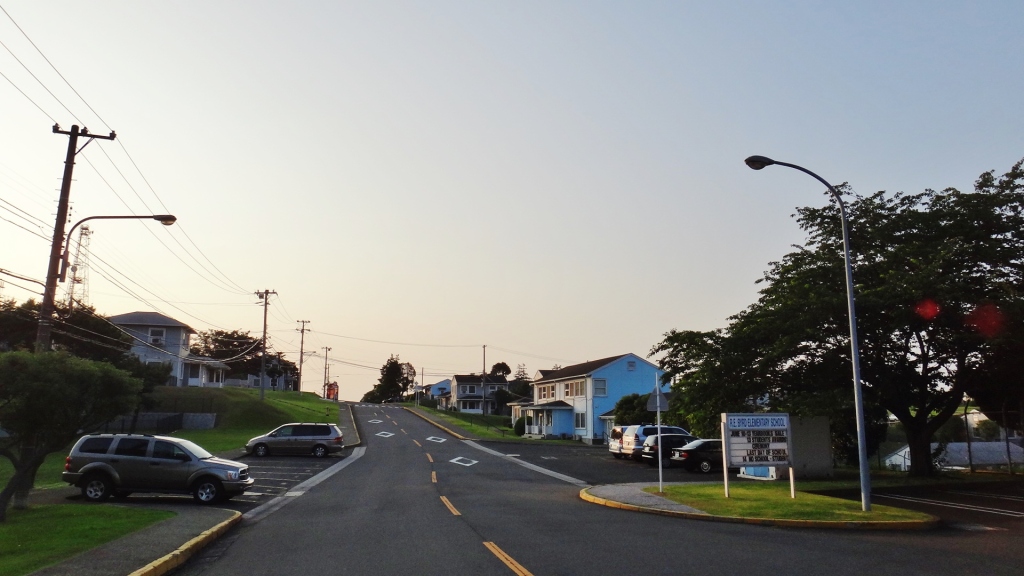
This is a housing estate in Yokohama for American military. The roads of this estate are closed to outside traffic, but I’m told they were open prior to 9/11.
Yokohama has a rich history of foreign settlement and Western architecture, dating back to its first days as a port and center of foreign commerce (1). Walk down to the Yokohama waterfront and you can revisit a relic of pre-war Yokohama, the ocean liner Hikawa Maru 氷川丸 (map)(website), now a museum.
The Hikawa Maru and a view of Yokohama’s skyline


What else do we see in Yokohama? There are churches, such as Sacred Heart Cathedral, Yokohama カトリック山手教会 on the hills of Yamate (map).
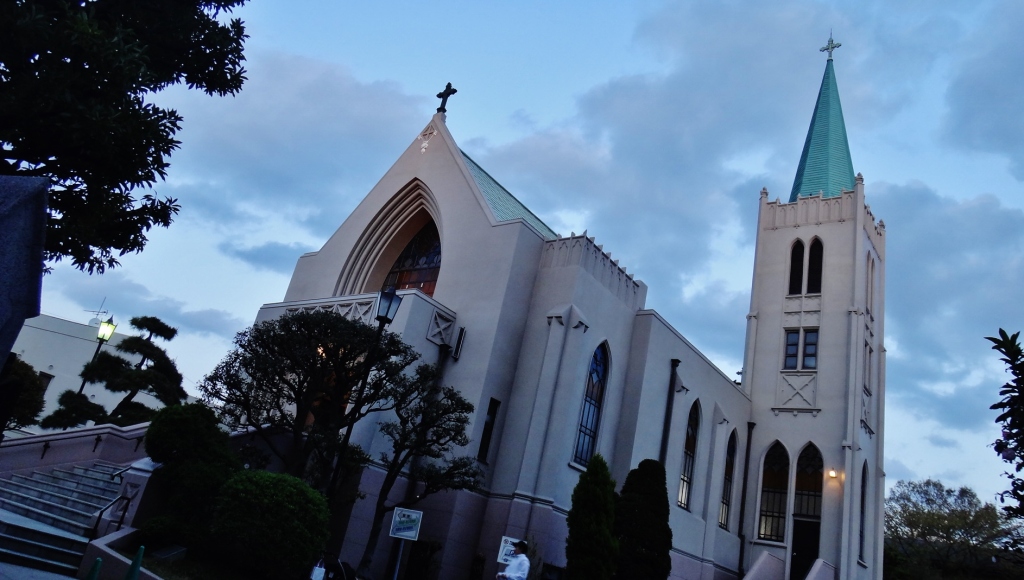
These hills have sunsets. (You’d be able to see Mt. Fuji from here if it weren’t for the haze.)
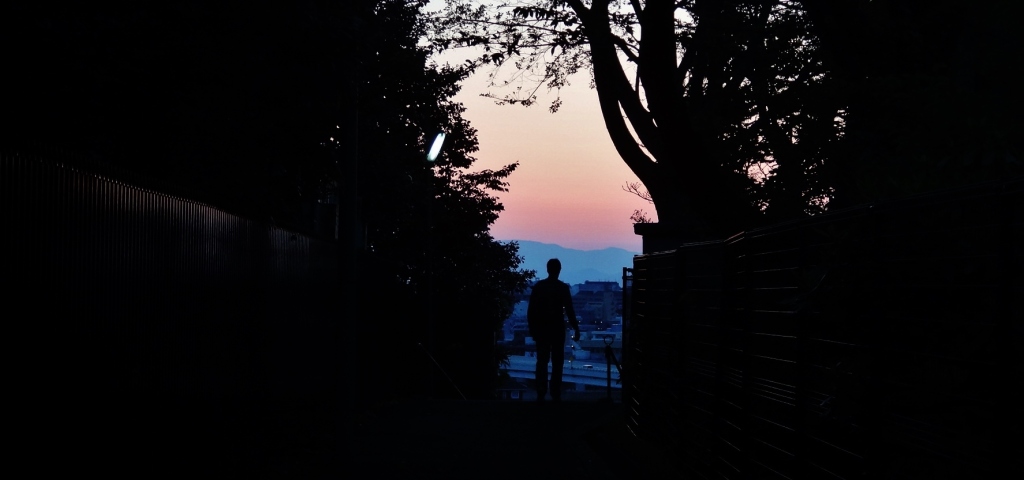
Back to churches…like this Anglican Church in Mejiro: 日本聖公会東京教区目白聖公会 (map), a building that survived the war, having been built in 1929 (website)…
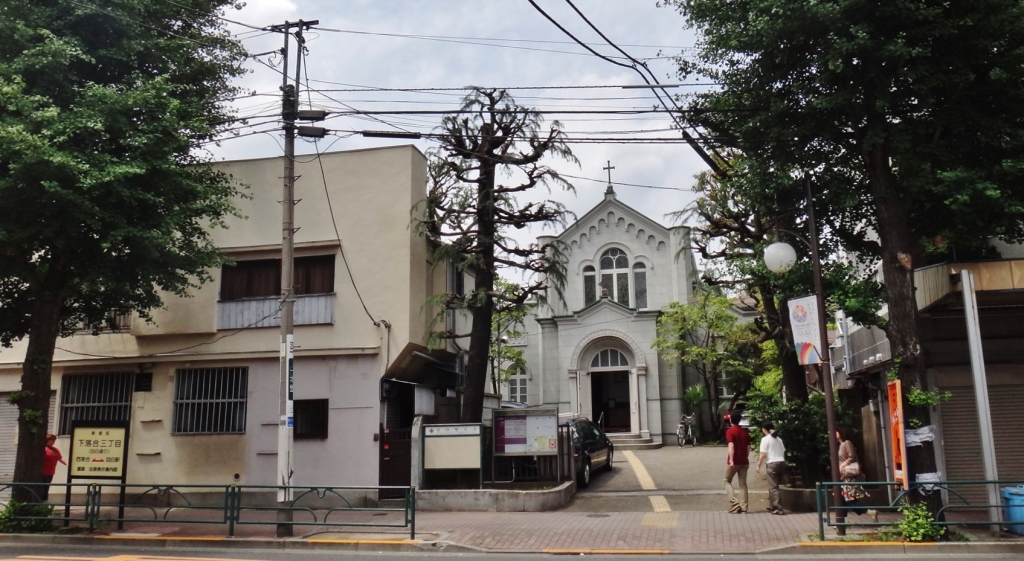
…and this wedding venue, アニヴェルセルヒルズ横浜 Anniversaire Hills, in the large plaza by Center-Minami Station センター南駅 (map).
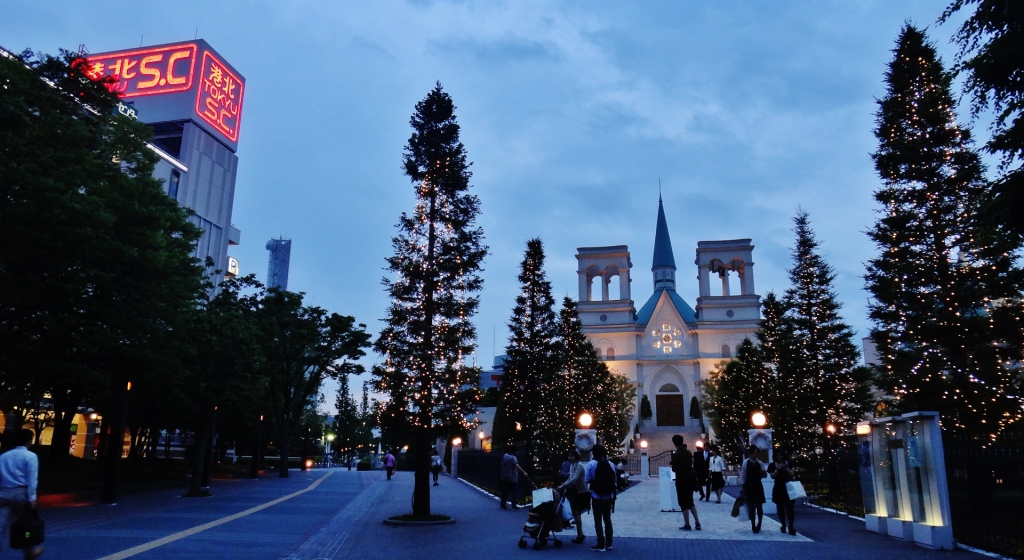
Or this wedding at a restaurant in Marunouchi (map):

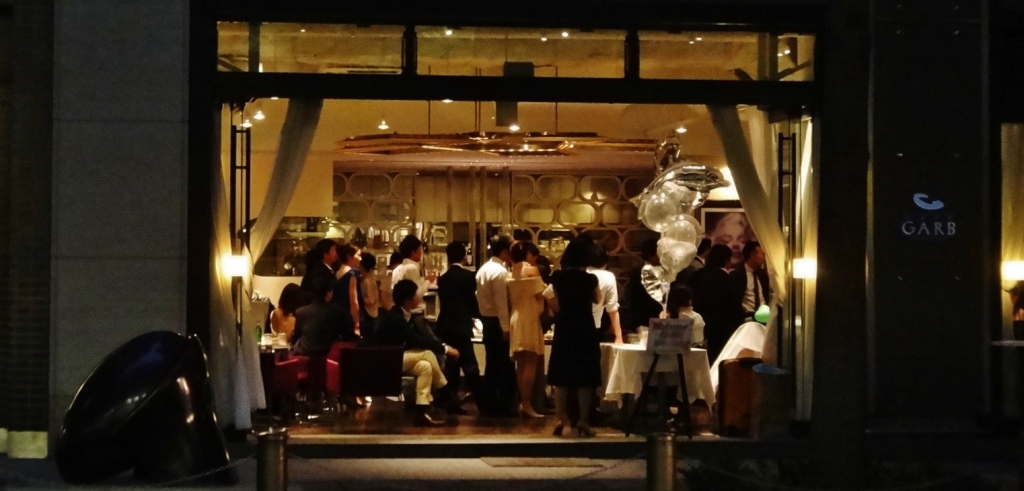
Marunouchi is quiet and relaxing on a late spring evening. Not the most exciting place on a Sunday, but a pleasant place for a stroll. A place where thoughts of war are the furthest thing from my mind.
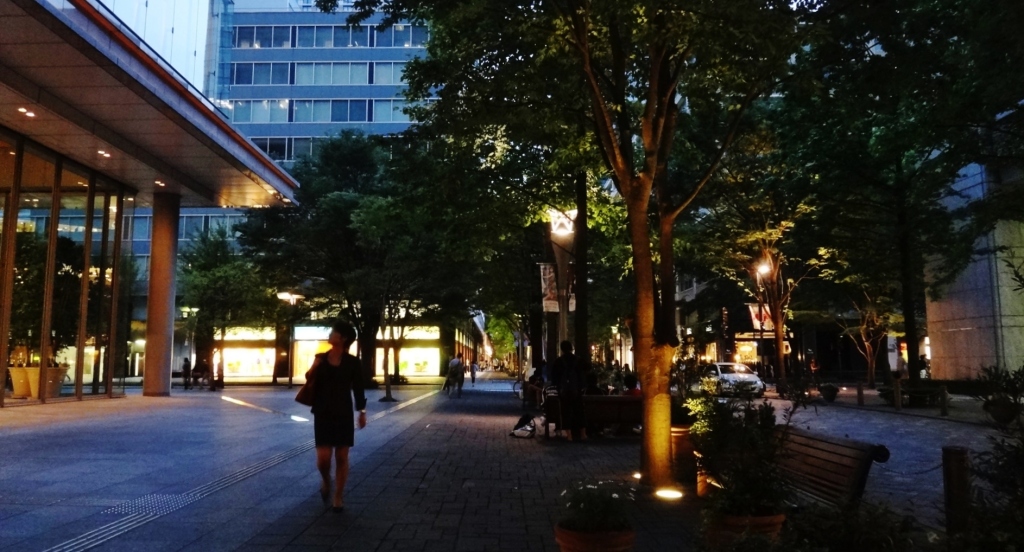
Links:
- US Military Bases in Japan – An Overview
- United States Forces Japan (USFJ) 在日米軍
- Hikawa Maru boat (Wikipedia)
- Mejiro Anglican Church (website)
Post-script:
The Red Brick Warehouse in Yokohama 横浜赤レンガ倉庫 (Akarenga) at night. For more about Akarenga and the Yokohama waterfront, see: “I am waiting” for scenes from Yokohama’s waterfront
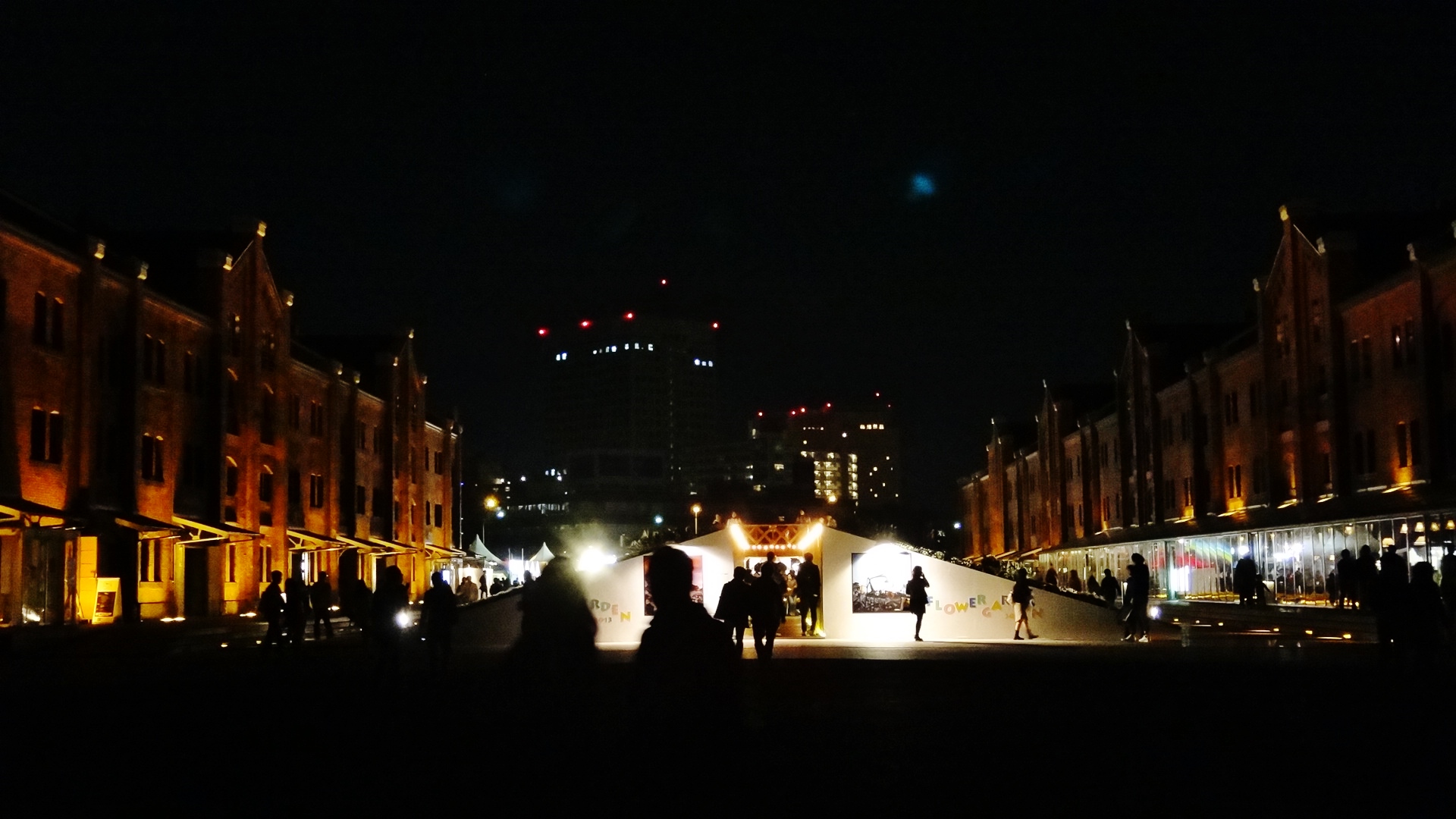
Reblogged this on the tokyo files archives 東京ファイル.
LikeLike
[…] Yamate hill in Yokohama (source) […]
LikeLike
[…] – God, love, and war: Hiroshima, Atsugi, Yokohama (not necessarily in that order) […]
LikeLike
[…] God, love, and war: Hiroshima, Atsugi, Yokohama (not necessarily in that order) […]
LikeLike
[…] Atsugi 厚木駅: ‘Atsugi’ is best known for the nearby air base) […]
LikeLike
[…] The view of Yokohama’s skyline from the Hikawa Maru (source): […]
LikeLike
[…] God, love, and war: Hiroshima, Atsugi, Yokohama (not necessarily in that order) […]
LikeLike
[…] God, love, and war: Hiroshima, Atsugi, Yokohama (not necessarily in that order) […]
LikeLike
[…] God, love, and war: Hiroshima, Atsugi, Yokohama (not necessarily in that order) […]
LikeLike